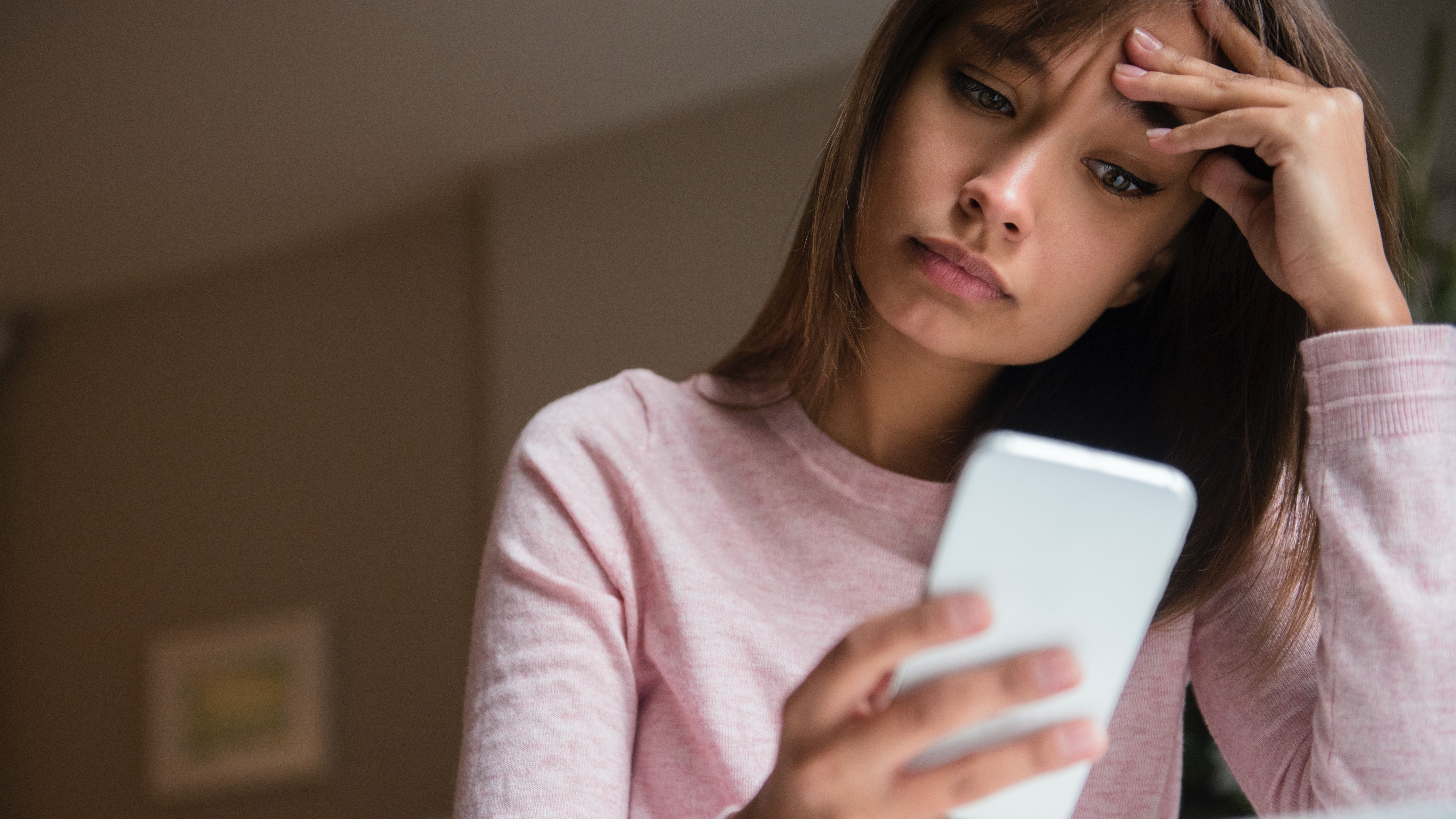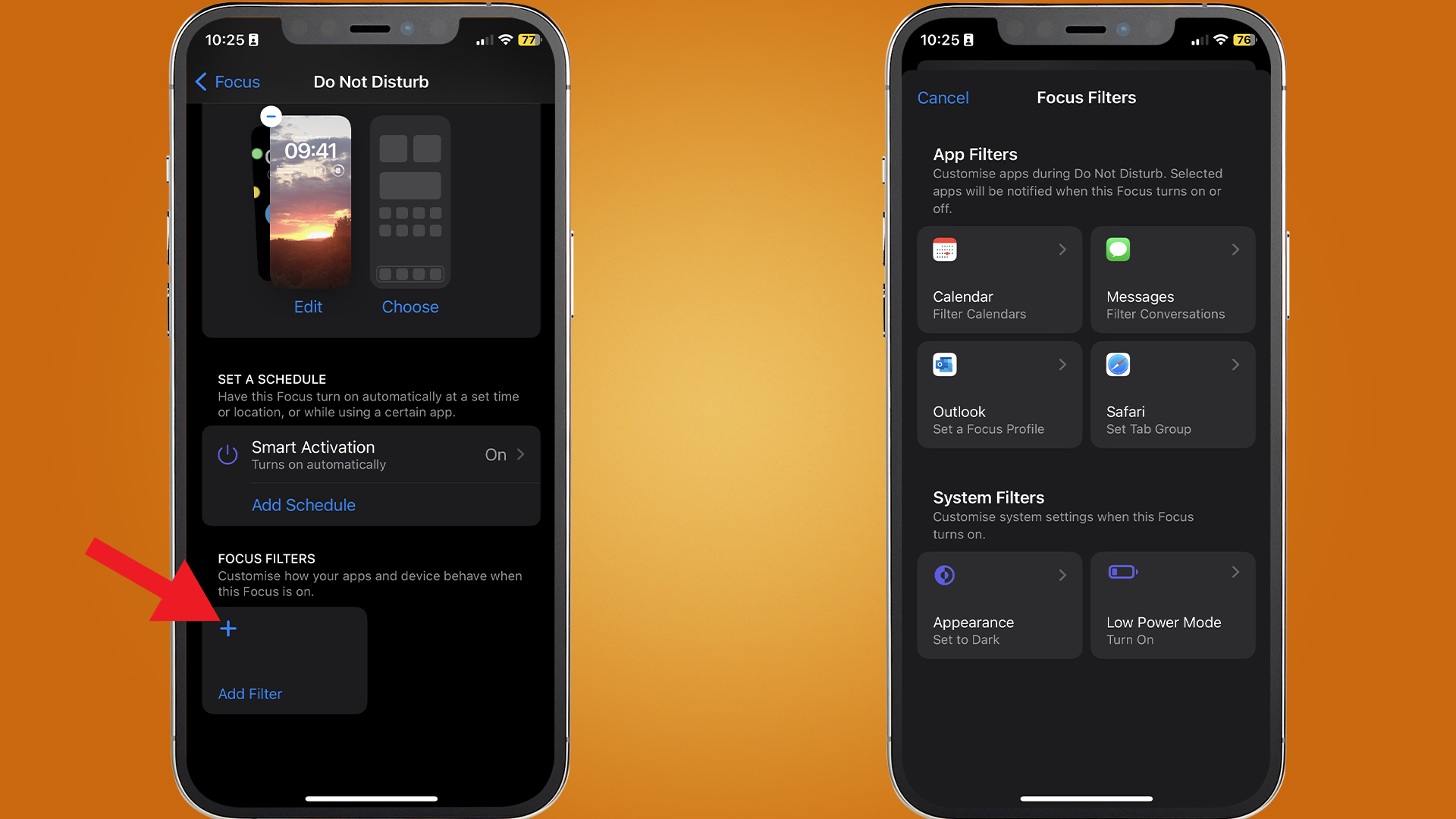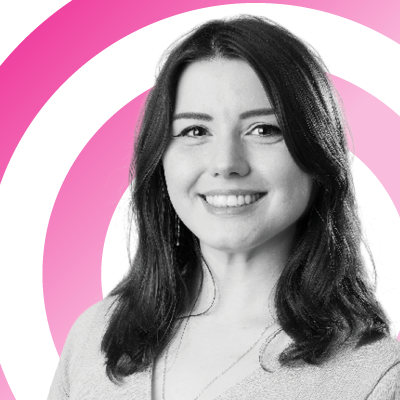I’m addicted to my phone, but I’m taking back control with these three features
Filtering out the noise

I am constantly glued to some kind of electronic device. There’s always a form of screen demanding my attention, but my phone in particular is a big trap for me, forever beckoning me to clear its unending onslaught of red notification bubbles.
It’s a kind of dependency familiar to many people my age born in that weird sweet spot right in between Gen Z and Millenials, meaning tech has always been a huge part of my life, but not so much I’m ready to start de-influencing and rejecting tech like a true Gen Z.
Now, as I sail through my twenties at breakneck speed (thanks, COVID-19, for giving me a two-year shortcut to 30) I’ve come to the uncomfortable realization that the same technology that I thought had opened so many doors for me simply led me into a slightly larger locked room. In fact, I’ve even had to work on it with my therapist this year, as it became apparent I was becoming dependent on the quick dopamine hits my phone apps and social media were feeding me.
For me, cutting out my devices isn’t necessarily the solution - many of them play a big part in how I communicate, my hobbies, and, of course, my job. That doesn’t mean I can’t make them bend more to my will, though.

A golden cage is still a cage
For as long as I can remember, I’ve exhibited unhealthy behaviors with my phone. I develop little routines with my favorite apps, moving in order from games to social media apps and video-sharing platforms. It can take me up to 30 minutes to complete my route, and then I’ll mindlessly start the whole cycle again if I’m not in a strong enough mindset to break it.
The pandemic absolutely had an impact on worsening these behaviors. And following the last few years, I’ve reached a real impasse, leaving people on ‘Read’ and finding it near-impossible to maintain some friendships, damaging my mental health as I slowly but surely whittle away at any semblance of a healthy schedule.
A few months ago, I was updating our guide on how to use iPhone’s Do Not Disturb mode, and in the process of checking through the steps, I realized that it and many of the best phones support some pretty neat features I hadn’t given a second thought to before. The cogs of my mind started turning; what would life look like if I simply couldn’t see the parts of my phone that tempt me so?
Sign up for breaking news, reviews, opinion, top tech deals, and more.
I do not see it, therefore it does not exist
That’s right, I’m applying an 'argument from ignorance' to my smartphone dependency - and you know what? It worked. I’ve used three different features to break the siren song of my phone screen, and each one gives that little bit of respite I’ve needed to stop my bad habits - and you most certainly won’t expect one of them.
The first of these was, predictably, Do Not Disturb. I’ve set up scheduled Focus times for when I’m sleeping and working, as well as one for when I’m being creative, all of which are customized to give me immediate access to the apps and contacts I really need.
During work hours, for example, my closest loved ones can contact me in case of an emergency, and my work-related apps can send me notifications. I customized my Lock and Home Screen to use a darker background, and my iPhone suggested a Home Screen layout that only featured the apps I’d need while working. Of course, you can always flick the Focus mode off or search for apps and contacts outside of the filters, but that added step gives me enough time to second-guess myself before acting out against with my best interest. Do I really need to open Merge Dragons right now to play the timed event? No, I don’t. I want to, but I don’t need to.

The next feature that’s massively helped me is another low-hanging fruit; screen time limits, which I’ve set up to limit my social and gaming apps to just one hour a day. Again, you can bypass these with relative ease, but adding friction into a doom spiral and reminding me I’ve been using the app for an hour already helps me take a step back.
However, the most effective feature to break me out of my iPhone trance? Screen distance notifications.
When enabled, these notifications pop up on your screen and won’t go away until you’ve moved your phone a safer distance away from your face. Considering many people get closer and closer to their phone the more involved they are in the on-screen action, I’d say this one is a stroke of genius. It does drive my partner mad when he’s ordering food on my phone, but the frustration of its regular appearance has not only encouraged me to step back from my phone more; it’s also protecting my eyesight.
Things can only get better
Slowly, over the course of a few months, I’ve noticed some small changes in my behavior. I’m more prone to leaving the phone in another room for extended periods. I’ve been deleting apps more quickly and spending less time on games - I’ve even found them less rewarding overall now they’re not so imbued in my routine.
Most of all, though, I’m pleased to see a positive change in how I communicate with friends and family. Don’t get me wrong, I’m still incredibly unreliable and will go days without messaging people - but it used to take me weeks to reply.
Our devices are inherently addictive, especially if you’re someone who enjoys a good doom scroll or idle app. But it’s important to remember that you need to program your phone to be just as unappealing as whatever software you’re using is appealing.
You might also like...

Josephine Watson is TechRadar's Managing Editor - Lifestyle. Josephine is an award-winning journalist (PPA 30 under 30 2024), having previously written on a variety of topics, from pop culture to gaming and even the energy industry, joining TechRadar to support general site management. She is a smart home nerd, champion of TechRadar's sustainability efforts as well and an advocate for internet safety and education. She has used her position to fight for progressive approaches towards diversity and inclusion, mental health, and neurodiversity in corporate settings. Generally, you'll find her fiddling with her smart home setup, watching Disney movies, playing on her Switch, or rewatching the extended edition of Lord of the Rings... again.